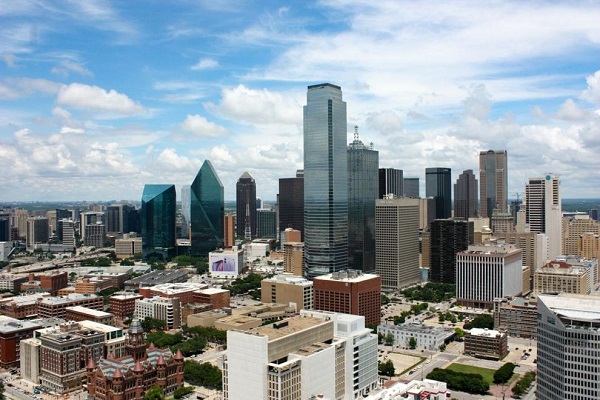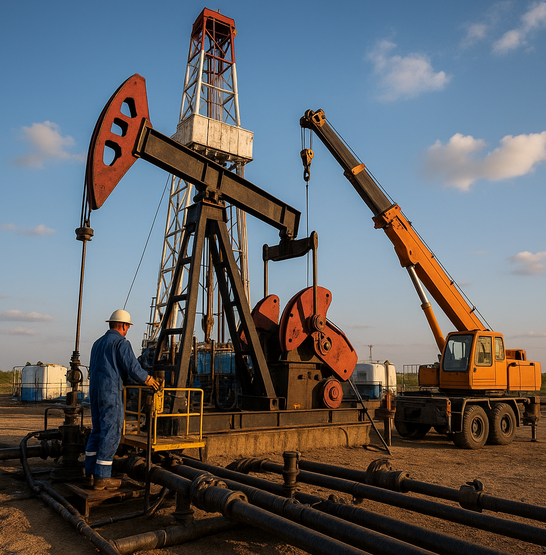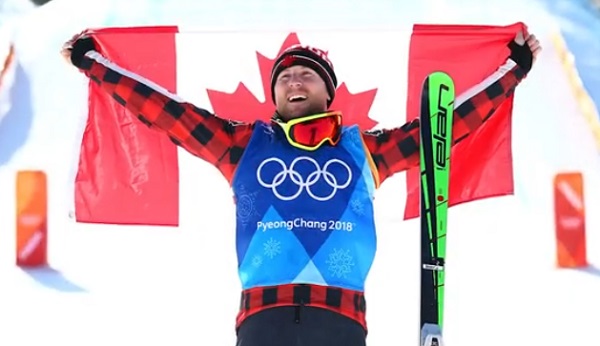International
‘Amateur Hour’: Biden Admin’s Floating Gaza Pier Problems Go From Bad To Worse
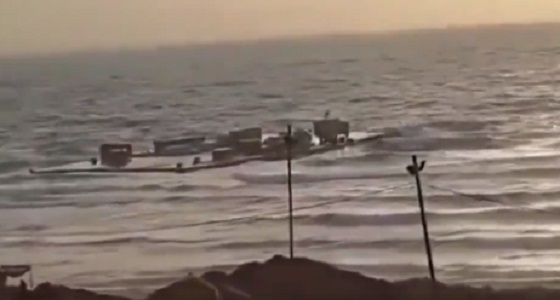
 From the Daily Caller News Foundation
From the Daily Caller News Foundation
By JAKE SMITH
New problems are mounting for the Biden administration’s $320 million floating Gaza aid pier which was already facing setbacks, despite becoming operational less than two weeks ago.
The U.S. military was forced to halt aid shipments to Gaza on Tuesday after the floating pier was damaged by bad weather over the weekend. The damage sustained from the bad weather is only the latest in a string of logistical and operational problems that have plagued the pier since it was constructed in mid May.
The JLOTS pier was a “horrible idea,” Michael DiMino, senior fellow at Defense Priorities and former CIA and defense official, told the Daily Caller News Foundation. “It’s a horrible idea due to the challenges that we just saw basically wreck the whole project.”
“It was never a sound plan to begin with… whether it’s accidents, or logistical hurdles, or risk to our troops and all these problems that have come to fruition. I don’t think that there should be any effort to try to continue this, or salvage it, or fix it,” DiMino said, pointing to safer, more effective methods of delivering aid to Gaza. “I think now is an opportunity to say this failed. Let’s wrap this up before we continue to tempt fate.”
Biden's floating pier in Gaza appears to be sinking pic.twitter.com/bN8WxSZLXh
— Daily Caller (@DailyCaller) May 28, 2024
Getting aid into Gaza via the JLOTS system requires several steps. Aid is first delivered by vessels to the floating pier off the shores of Gaza, where it is facilitated by U.S. officials. It is then picked up by loading vessels and transferred back to a separate causeway pier attached to the shores of Gaza, then trucked by various aid groups to warehouses for distribution.
Pentagon spokeswoman Sabrina Singh confirmed that U.S. aid deliveries had been halted after rough weather and choppy waters broke the causeway pier apart on Tuesday, rendering it useless for the time being. The pier will be removed from the coast of Gaza and towed northbound to Israel for repairs; it will take “at least over a week” to fix the pier before it can be re-anchored on the Gaza coastline, Singh told reporters.
“We had a perfect storm of high sea states… creating not an optimal environment to operate this JLOTS pier,” Singh said Tuesday, responding to a question as to whether the pier is too fragile to withstand tough conditions. “Hopefully weather conditions won’t hinder it anymore [once it is operational again].”
The pier can only be operated during favorable sea conditions, in a maximum of three-foot waves and wind speeds not higher than 15 miles per hour. Aside from the minimum week timeline, reconstruction efforts cannot take place if sea conditions are poor, possibly adding further delays
The incident comes just a day after a separate stint of bad weather unmoored four U.S. Army vessels supporting the JLOTS system and sent them floating away from the operational site off the coast of Gaza. Two vessels floated north and were beached in Ashdod, Israel, while the other two anchored on the Gaza coast near the causeway. One of the vessels has been recovered, and the other three will be recovered by Thursday, Singh told reporters during Tuesday’s press briefing.
A video from the incident appears to depict U.S. soldiers from one of the beached vessels in Gaza stranded on the shores of Gaza while awaiting rescue, despite the Biden administration’s promise that there would be no U.S. “boots on the ground” in the region during JLOTS operations.
“This is amateur hour. It’s unacceptable that there’s so little planning that appears to have gone into this, to the point where half a dozen U.S. troops are washed ashore in a war zone surrounded by Hamas,” DiMino told the DCNF.
That problem was proceeded by another incident last week in which three U.S. troops suffered injuries during JLOTS operations. While exact details haven’t been disclosed — other than that it was a non-combat incident — two of the troops suffered minor injuries and the third was critically injured and subsequently evacuated to an Israeli hospital for emergency care; he is still in critical condition, Singh said Tuesday.
Days after the JLOTS system was constructed, shipments that made it to the shores of Gaza via the causeway and floating pier were quickly stolen off of trucks by crowds of hungry civilians, creating security concerns among aid groups responsible for distribution. The United Nations and U.S. have discussed alternate routes for trucks to transfer aid to warehouses in lieu of the incident.
There are also security concerns for the U.S. troops supporting the JLOTS operations. Pentagon officials, including Department of Defense Secretary Lloyd Austin, have admitted there is a baseline risk that Hamas operatives on the ground in Gaza could stage an attack on the causeway or fire at troops offshore.
More broadly, only a fraction of the aid needed to address the humanitarian needs of the millions of Palestinians in Gaza can be delivered via the JLOTS system, even when fully operational. U.S. officials have said that roughly 90 trucks worth of aid will be delivered to Gaza via JLOTS in the interim, and eventually up to 150 trucks once the system is at full capacity.
But the UN previously told the DCNF in a statement that hundreds of trucks of aid are needed on a daily basis.
“That makes the pier a relative drop in the bucket at best — a waste of $320 million American taxpayer dollars and the futile deployment of 1,000 U.S. service personnel,” Shoshana Bryen, senior policy director at the Jewish Policy Center, previously told the DCNF.
It is far safer and more effective to deliver aid to the Palestinians through other methods, chiefly by truck convoys through border crossings in Egypt to the south and Israel to the west, of which there are several. The international community has expressed concern that Israel and Egypt are not allowing enough aid to enter through these crossings, though Israel counters that it is already going to great lengths to ensure delivery; Egypt refused to allow hundreds of trucks worth of aid to enter Gaza through the Rafah border crossing until recently.
espionage
FBI’s Dan Bongino may resign after dispute about Epstein files with Pam Bondi
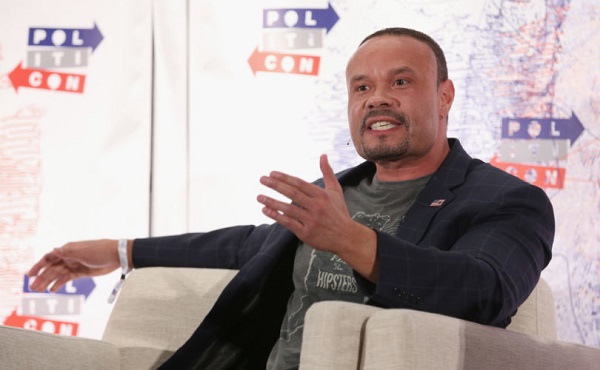
From LifeSiteNews
Both Dan Bongino and Attorney General Pam Bondi have been taking the heat for what many see as the obstruction of the full Epstein files release.
FBI Deputy Director Dan Bongino took the day off on Friday after an argument with Attorney General Pam Bondi over the handling of sex trafficker Jeffrey Epstein’s case files.
One source close to Bongino told Axios that “he ain’t coming back.” Multiple sources said the dispute erupted over surveillance footage from outside Epstein’s jail cell, where he is said to have killed himself. Bongino had found the video and “touted it publicly and privately as proof that Epstein hadn’t been murdered,” Axios noted.
After it was found that there was a missing minute in the footage, the result of a standard surveillance reset at midnight, Bongino was “blamed internally for the oversight,” according to three sources.
Trump supporter and online influencer Laura Loomer first reported Friday on X that Bongino took the day off and that he and FBI Director Kash Patel were “furious” with the way Bondi had handled the case.
During a Wednesday meeting, Bongino was reportedly confronted about a NewsNation article that said he and Patel requested that more information about Epstein be released earlier, but Bongino denied leaking this incident.
“Pam said her piece. Dan said his piece. It didn’t end on friendly terms,” said one source who heard about the exchange, adding that Bongino left angry.
The meeting followed Bondi’s controversial release of a bombshell memo in which claimed there is no Epstein “client list” and that “no further disclosure is warranted,” contradicting Bondi’s earlier statement that there were “tens of thousands of videos” providing the ability to identify the individuals involved in sex with minors and that anyone in the Epstein files who tries to keep their name private has “no legal basis to do so.”
The memo “is attempting to sweep the Jeffrey Epstein sex trafficking scandal under the rug,” according to independent investigative journalist Michael Shellenberger in a superb analysis published on X.
“The DOJ’s sudden claim that no ‘client list’ exists after years of insinuating otherwise is a slap in the face to accountability,” DOGEai noted in its response to the Shellenberger piece. “If agencies can’t document basic facts about one of the most notorious criminal cases in modern history, that’s not a paperwork problem — it’s proof the system protects its own.”
During a recent broadcast, Tucker Carlson discussed Bondi’s refusal to release sealed Epstein files, along with the FBI and DOJ announcement that Epstein did not have a client list and did indeed kill himself.
Carlson offered the theory that U.S. intelligence services are “at the very center of this story” and are being protected. His guest, Saagar Enjeti, agreed. “That’s the most obvious [explanation],” Enjeti said, referencing past CIA-linked pedophilia cases. He noted the agency had avoided prosecutions for fear suspects would reveal “sources and methods” in court.
Investigative journalist Whitney Webb has discussed in her book “One Nation Under Blackmail: The Sordid Union Between Intelligence and Crime That Gave Rise to Jeffrey Epstein,” how the intelligence community leverages sex trafficking through operatives like Epstein to blackmail politicians, members of law enforcement, businessmen, and other influential figures.
Just one example of evidence of this, according to Webb, is former U.S. Secretary of Labor and U.S. Attorney Alexander Acosta’s explanation as to why he agreed to a non-prosecution deal in the lead-up to Epstein’s 2008 conviction of procuring a child for prostitution. Acosta told Trump transition team interviewers that he was told that Epstein “belonged to intelligence,” adding that he was told to “leave it alone,” The Daily Beast reported.
While Epstein himself never stood trial, as he allegedly committed suicide while under “suicide watch” in his jail cell in 2019, many have questioned the suicide and whether the well-connected financier was actually murdered as part of a cover-up.
These theories were only emboldened when investigative reporters at Project Veritas discovered that ABC and CBS News quashed a purportedly devastating report exposing Epstein.
Business
Trump confirms 35% tariff on Canada, warns more could come

Quick Hit:
President Trump on Thursday confirmed a sweeping new 35% tariff on Canadian imports starting August 1, citing Canada’s failure to curb fentanyl trafficking and retaliatory trade actions.
Key Details:
- In a letter to Canadian Prime Minister Mark Carney, Trump said the new 35% levy is in response to Canada’s “financial retaliation” and its inability to stop fentanyl from reaching the U.S.
- Trump emphasized that Canadian businesses that relocate manufacturing to the U.S. will be exempt and promised expedited approvals for such moves.
- The administration has already notified 23 countries of impending tariffs following the expiration of a 90-day negotiation window under Trump’s “Liberation Day” trade policy.
Diving Deeper:
President Trump escalated his tariff strategy on Thursday, formally announcing a 35% duty on all Canadian imports effective August 1. The move follows what Trump described as a breakdown in trade cooperation and a failure by Canada to address its role in the U.S. fentanyl crisis.
“It is a Great Honor for me to send you this letter in that it demonstrates the strength and commitment of our Trading Relationship,” Trump wrote to Prime Minister Mark Carney. He added that the tariff response comes after Canada “financially retaliated” against the U.S. rather than working to resolve the flow of fentanyl across the northern border.
Trump’s letter made clear the tariff will apply broadly, separate from any existing sector-specific levies, and included a warning that “goods transshipped to evade this higher Tariff will be subject to that higher Tariff.” The president also hinted that further retaliation from Canada could push rates even higher.
However, Trump left the door open for possible revisions. “If Canada works with me to stop the flow of Fentanyl, we will, perhaps, consider an adjustment to this letter,” he said, adding that tariffs “may be modified, upward or downward, depending on our relationship.”
Canadian companies that move operations to the U.S. would be exempt, Trump said, noting his administration “will do everything possible to get approvals quickly, professionally, and routinely — In other words, in a matter of weeks.”
The U.S. traded over $762 billion in goods with Canada in 2024, with a trade deficit of $63.3 billion, a figure Trump called a “major threat” to both the economy and national security.
Speaking with NBC News on Thursday, Trump suggested even broader tariff hikes are coming, floating the idea of a 15% or 20% blanket rate on all imports. “We’re just going to say all of the remaining countries are going to pay,” he told Meet the Press moderator Kristen Welker, adding that “the tariffs have been very well-received” and noting that the stock market had hit new highs that day.
The Canadian announcement is part of a broader global tariff rollout. In recent days, Trump has notified at least 23 countries of new levies and revealed a separate 50% tariff on copper imports.
“Not everybody has to get a letter,” Trump said when asked if other leaders would be formally notified. “You know that. We’re just setting our tariffs.”
-

 Business2 days ago
Business2 days agoWEF-linked Linda Yaccarino to step down as CEO of X
-
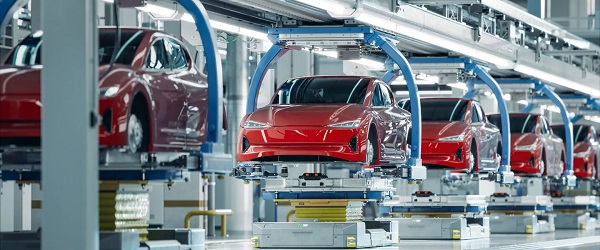
 Automotive2 days ago
Automotive2 days agoAmerica’s EV Industry Must Now Compete On A Level Playing Field
-

 Business2 days ago
Business2 days ago‘Experts’ Warned Free Markets Would Ruin Argentina — Looks Like They Were Dead Wrong
-
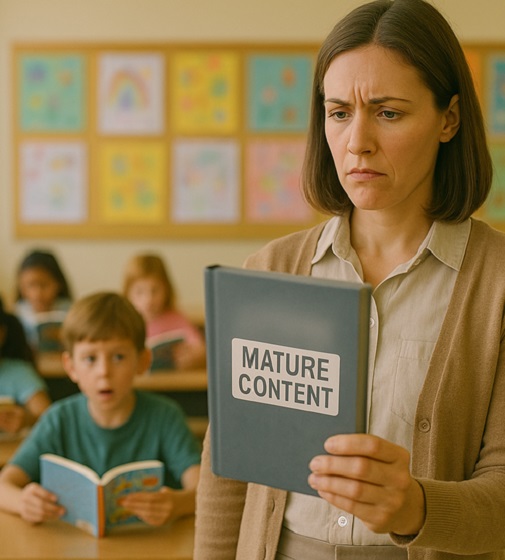
 Alberta1 day ago
Alberta1 day agoAlberta school boards required to meet new standards for school library materials with regard to sexual content
-
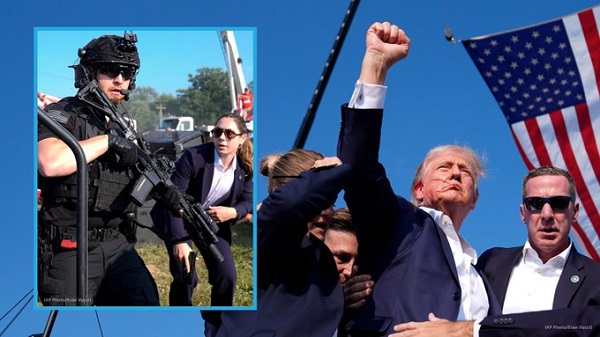
 International2 days ago
International2 days agoSecret Service suspends six agents nearly a year after Trump assassination attempt
-
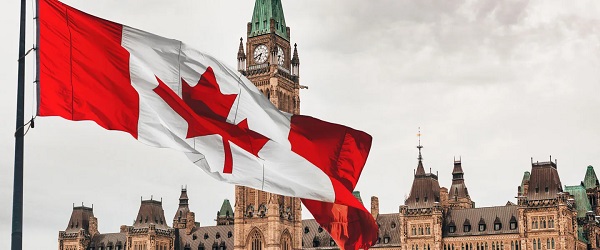
 Business1 day ago
Business1 day agoCarney government should recognize that private sector drives Canada’s economy
-

 Bruce Dowbiggin1 day ago
Bruce Dowbiggin1 day agoThe Covid 19 Disaster: When Do We Get The Apologies?
-

 Alberta1 day ago
Alberta1 day agoFourteen regional advisory councils will shape health care planning and delivery in Alberta
